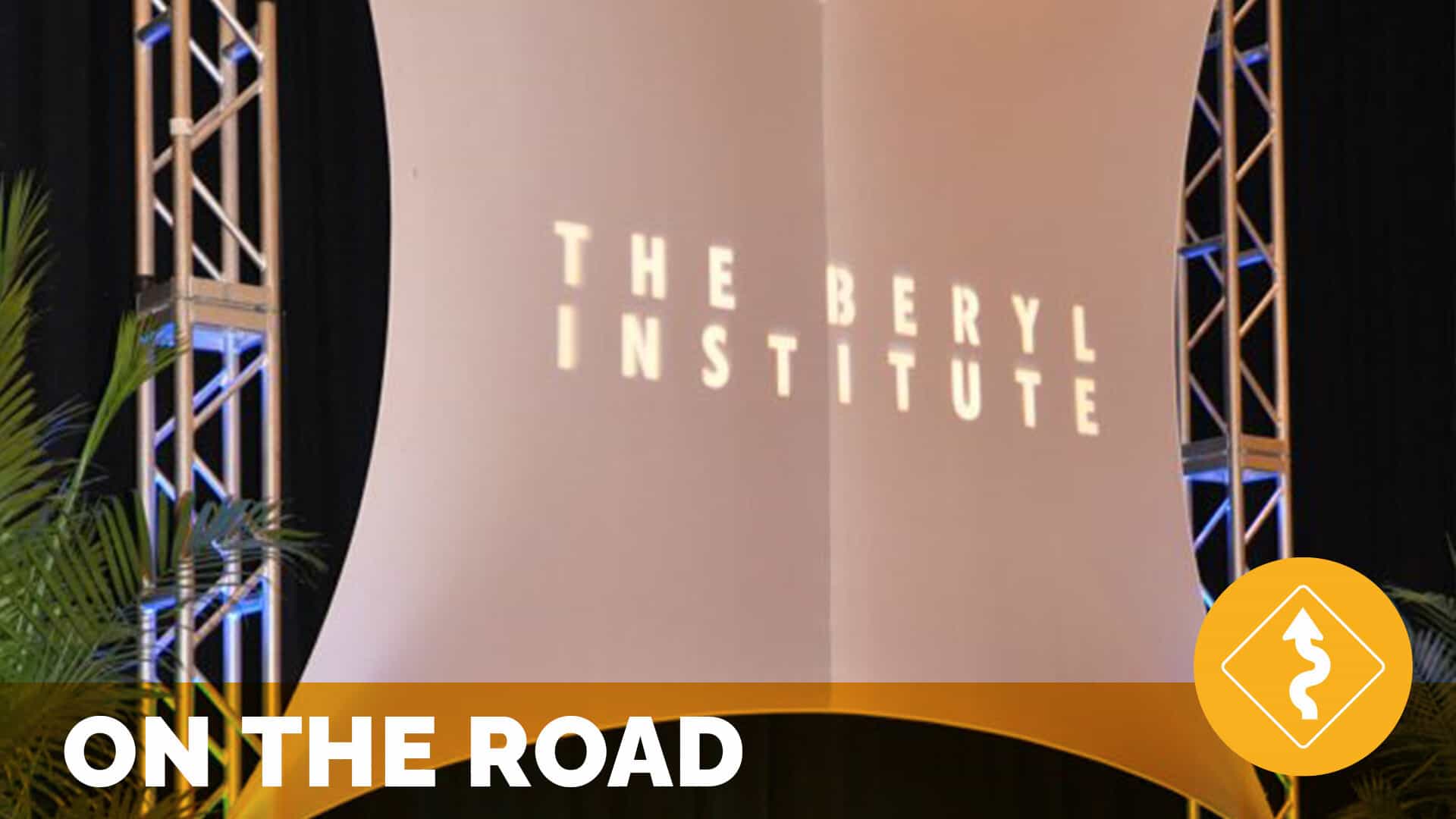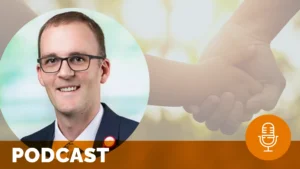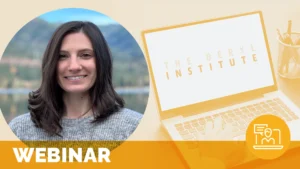“I am the patient experience”

On the Road – Patient Experience Conference 2012 – April 2012
by Jason A. Wolf
My On the Road for April is actually about the journey of almost 400 individuals from 4 continents who came together last week in the form of Patient Experience Conference 2012. This is not a story of speakers or sessions, though they play a role, it is one of a shared commitment to a common cause – to make the experience for patients and families in our healthcare organizations one that exceeds expectations in quality, service and care. In the end the takeaway, every individual in healthcare plays a role and should feel confident in saying “I am the Patient Experience”.
At the Institute our vision is to be the global community of practice and premier thought leader on improving the patient experience. We do this through the contributions of those over 8000 members and guests that engage in sharing stories, proven practices and new ideas. The Patient Experience Conference is a representation of this vision in action. It is not an “event”, but a community gathering-place for just this, the power of connecting and the opportunity for learning…from one another.
The “connecting” was shaped by participants from the four corners of North America, to the continents of Africa (represented by South Africa), Asia (represented by India) and Australia. It included the voices of bedside caregivers and “c-suite” executives, p<hysicians and specialists, consultants and thought leaders. It came from for-profit systems and non-profit institutions, from the VA to great military institutions such as Walter Reed. The power in the message that continues to grow is that you are not alone in this work, as participants in Patient Experience Conference learned they now have a community on which to rely, new colleagues they can contact, new friends to which they can turn. This is what I hope all our members and guests experience through their engagement in all the Institute provides.
The “learning” featured 5 insightful keynotes and 16 sessions that pushed at all edges of the healthcare system. They examined how to ensure we create and sustain cultures of service, to engaging physicians and caregivers in experience, to addressing the tactical challenges of noise and involving our patients in the process through their own stories. Each of the breakouts brought a special perspective of what we can be doing to continue to expand the dialogue on experience at all points on the continuum of care.
Our keynotes also brought powerful insights as we continue to address the patient experience. Al Stubblefield wanted us to know that leadership was a critical factor in how we engaged the patient experience, suggesting that healthcare leaders need to go from invisible to visible. He said we need to change leadership culture by catching employees doing the right (rather than the wrong) thing. Free Lee encouraged us to stop talking about patient satisfaction and start talking about patient loyalty. He urged us to remember in healthcare we cannot stop with “just service”, we must consider the need for compassion and connection with our patients. Wendy Leebov helped us see the importance of bringing physicians into the process suggesting we can no longer “walk on eggshells” in engaging them in the experience discussion. She provided a great question to provoke courageous conversations in healthcare, “What legacy do you want to leave?” and reminded us about the patient’s voice: “I can’t help you heal me, if you don’t listen to me.”
Colleen Sweeney brought the room to its feet in helping us to remember that empathy is critical to all we do in healthcare and that exceptional patient experience will only be achieved when you understand and address patient fears first. She reinforced that, “There’s only one thing that’s important to patients and that’s the one thing that matters to each of them.” Tiffany Christensen, our closing speaker, reinforced this point. We need to remember there is a view from the bedside in the patient experience equation, not one looking down, but one looking up. She made sure we were clear that healthcare is ultimately about human beings taking care of human beings and things don’t always go the way we hope. She also reminded us that the patient experience exists, whether we intentionally design it or not. We have a clear opportunity in every healthcare interaction. She closed our time together, reinforcing a point central to our work at The Beryl Institute; that patient experience is no longer a nice to do, it is now a movement and a critical field in healthcare. (You can see a lot more of the lessons shared on Twitter, simply search for #TBI2012)
As powerful (if not more so than) the learning from our presenters and speakers, was the learning gained by the power of being together, from the sharing of stories, from posing questions and examining new ideas. The patient experience doesn’t belong to any one of us; it is and should be owned by all of us. It is here that our connections and learning intersected for three short days in April. And while the physical time together had to conclude, it does not mean that that the important learning and connections should end. These three days in April were just a powerful manifestation of what we hope you will experience in engaging in The Beryl Institute as your patient experience community throughout the year. As the participants made Patient Experience Conference 2012 what they wanted, so too can each and every one of you ensure that The Beryl Institute represents your professional community and gathering place each and every day.
Our effort to ensure attendees had the greatest of experiences took many hands, hearts and minds. Thanks to our presenters and speakers for the gifts of their thoughts, to the many volunteers from our boards and our sister organization BerylHealth for their exemplary care and most importantly to my team at The Beryl Institute (pictured right) – Stacy, Jennifer, Rachael, David, and Britney – for making sure that Patient Experience Conference 2012 was your experience, whether you were able to be there physically with us or follow from afar. Our goal is to exemplify experience in all we do and we hope we did that for you.
As we closed the gathering we do not end the conversation…as participants took their stand as “I am the Patient Experience” (full video below) I hope and encourage you will do the same.
We invite you to join in the dialogue, you are part of this movement, you are shaping this field and you too are the patient experience! We appreciate you taking this journey with us together. I look forward to seeing you again On the Road very soon. There is still so much amazing work ahead to do together.
Related content
-
 Culture & Leadership
Culture & LeadershipThe Value Case for Improving Human Experience in Healthcare
This white paper explores the concept of experience-driven value in healthcare and the corresponding value of experience. An expanded version of the article printed in PXJ Investing in the bottom line: The value case for improving human experience in healthcare, this paper provides real-world case studies and actionable strategies that demonstrate how true value is
Learn more -
 Culture & Leadership | Staff & Provider Engagement
Culture & Leadership | Staff & Provider EngagementEnhancing Patient Experience: A Night Shift ER Doctor’s Passion Project
Dr. Donald Wickline of Cone Health, drawing from his experience as a night shift emergency room physician, explores the art and science of communication from a staff/provider engagement perspective. He highlights Cone Health’s C.U.R.O. communication model as a crucial framework for navigating sensitive and critical conversations with patients. This model provides physicians, including Dr. Wickline,
Learn more -
 Culture & Leadership | Staff & Provider Engagement
Culture & Leadership | Staff & Provider EngagementNonviolent Communication to Improve the Human Experience
Discover the transformative power of Nonviolent Communication (NVC) in this engaging webinar. Grounded in emotional intelligence, NVC equips healthcare professionals with tools to resolve disputes and prevent conflict escalation through clear, compassionate communication. Participants will explore NVC’s four-step framework, which focuses on identifying feelings, understanding needs, and connecting with values that shape actions and motivations.
Learn more
